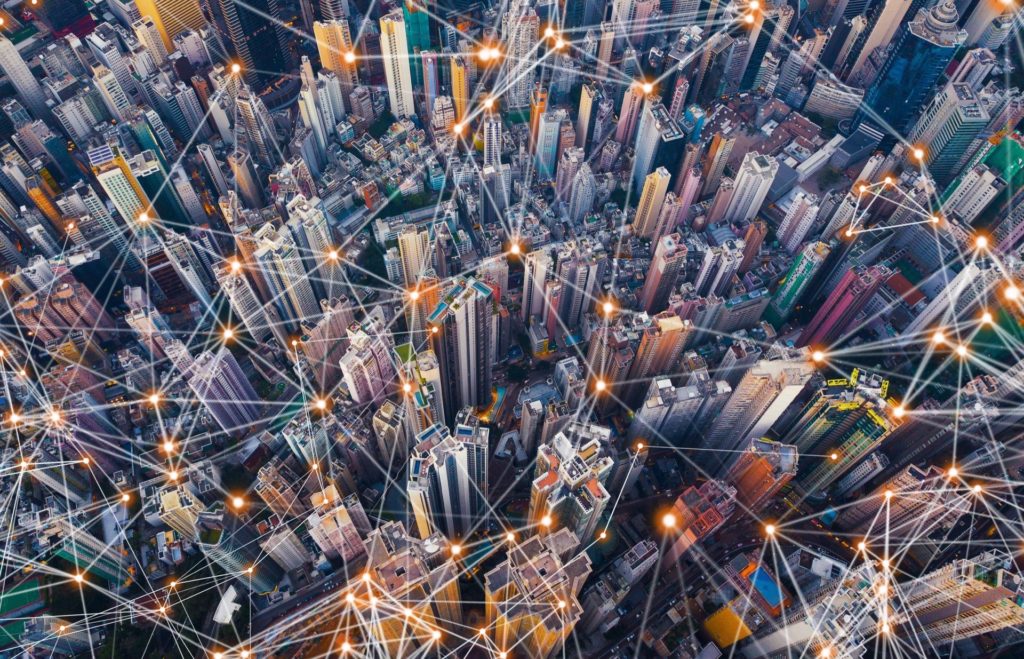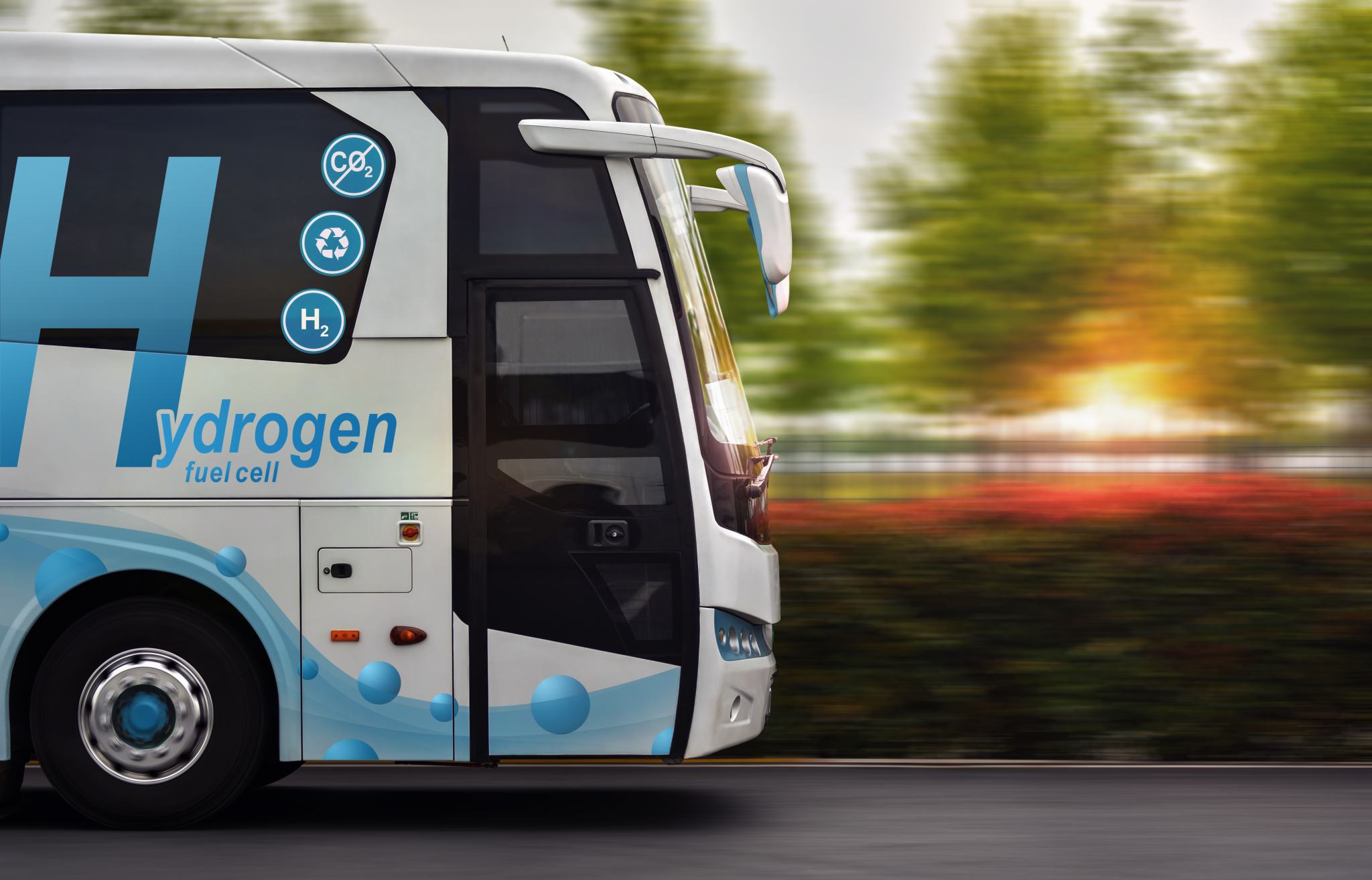While you’ve likely heard of payphones (or made a call in one only to deal with the awful smell and ripped or missing pages of the provided phone book), there are many reasons why you haven’t seen many around anymore. That’s because they, like other technologies, are being phased out in favour of newer, smart city technology.
But smart technology doesn’t always mean the tech is actually ‘smarter’. Sometimes it’s not even a good idea to begin with. There are both positive and negative impacts when implementing smart city technology and it’s important to take a look at each before adopting and integrating it into a city.
The Positive Impact of Smart City Technology
The internet has helped many people connect and numerous cities are finding ways to keep their cities connected with free Wi-Fi hotspots in select locations. They will likely be expanded in the coming years to eventually cover the city so tourists and townsfolk alike can get online.
Autonomous vehicles do still have a lot of refinement needed before you start seeing them everywhere, but they will likely start seeing use as taxis and shuttles within cities soon enough. This will help cut down on traffic, reduce the number of parking stalls in use, and free up traffic congestion as well if implemented properly.
For people with accessibility issues, finding locations with wheelchair access can be a hassle. To aid with this, a new wave of apps have cropped up that allow users to search locations and find out their accessibility needs. Think Google Maps for people needing certain facilities and access. Now people don’t have to hope that a location has ramps, they can find out for sure.
Watch for a focus on sustainability in the coming years. With climate change a real threat to city planning and infrastructure, many cities are working on putting in systems that are more environmentally friendly. This includes everything from hybrid-electric buses to banning the use of plastic bags. It also includes finding ways to source power from sustainable methods like solar, wind, and geothermal energy.
The Negative Impact of Smart City Technology
The news isn’t all good though. Crime technology, in particular, has drifted toward preventing crime before it starts through facial recognition and other invasive security measures. These systems are still flawed and can sometimes be highly inaccurate.
Another risk of adopting technology too fast that’s connected to the internet is the potential vulnerability to hacking. For example, at its least damaging someone could turn off a single streetlight, at it’s most, someone could cause accidents or gridlock by hacking into traffic sensors and changing the lights or blow water mains by hacking the pressure sensors.
China is putting the finishing touches on a social credit system that works with technology to ‘reward’ good citizens and punish those who are unlawful. However, the whole system is ethically terrifying and heavily invasive right down to the point of docking you points for if your dog misbehaves and getting your dog confiscated if you lose too many points.
Like any technology, it’s important to explore the potential benefits and downfalls before mass implementation. The future is poised to be a bright and connected one that cities can achieve by testing technology rigorously before putting it to use.


